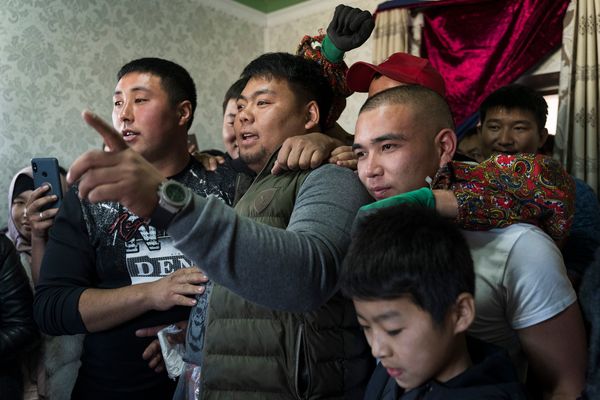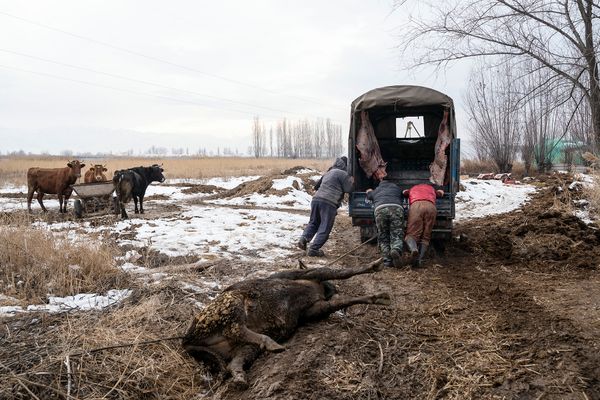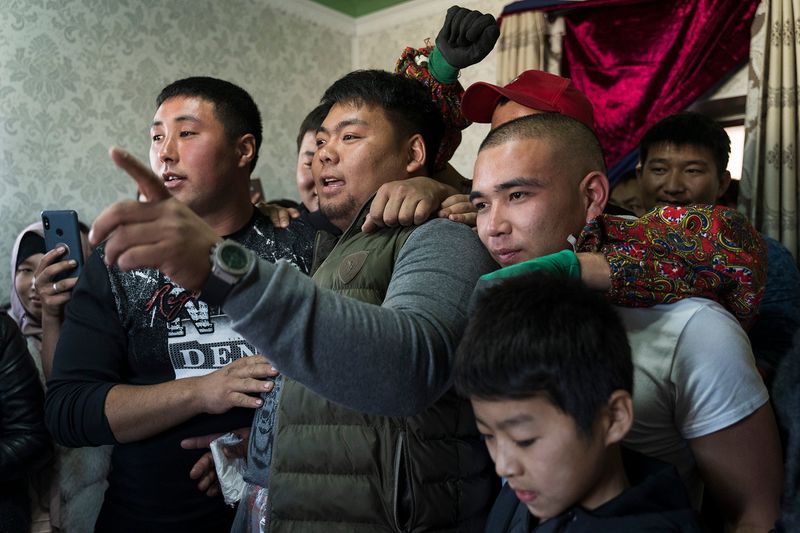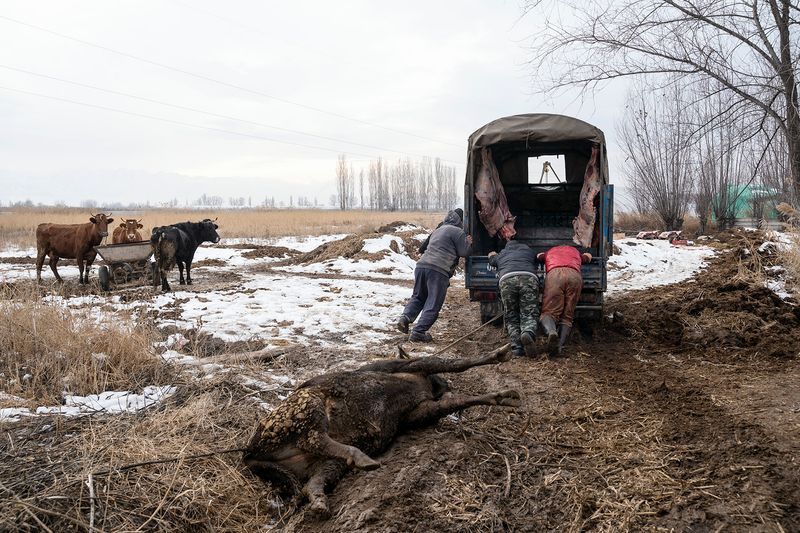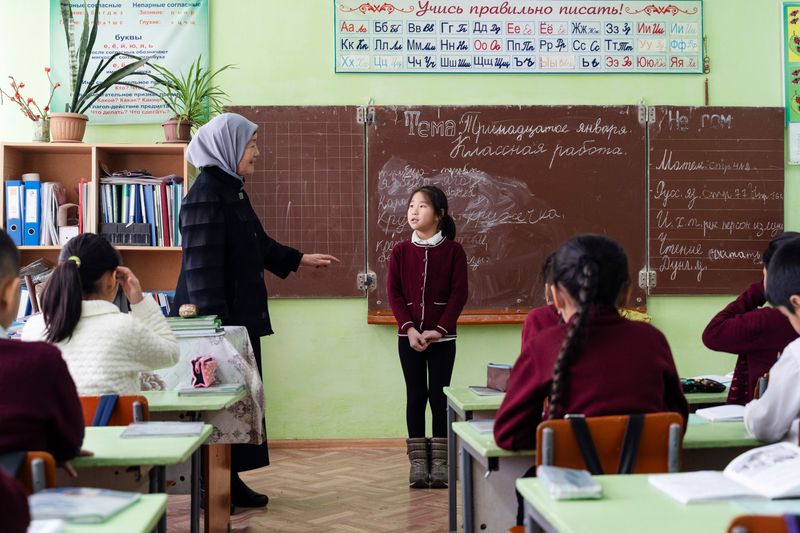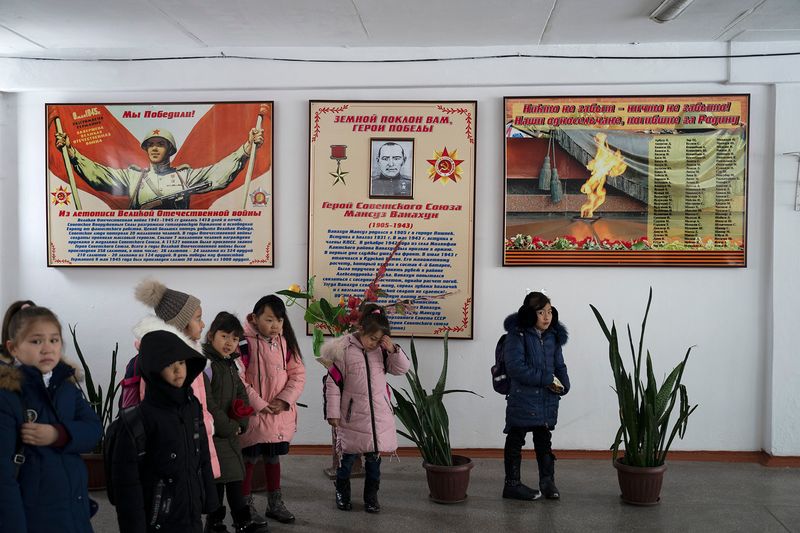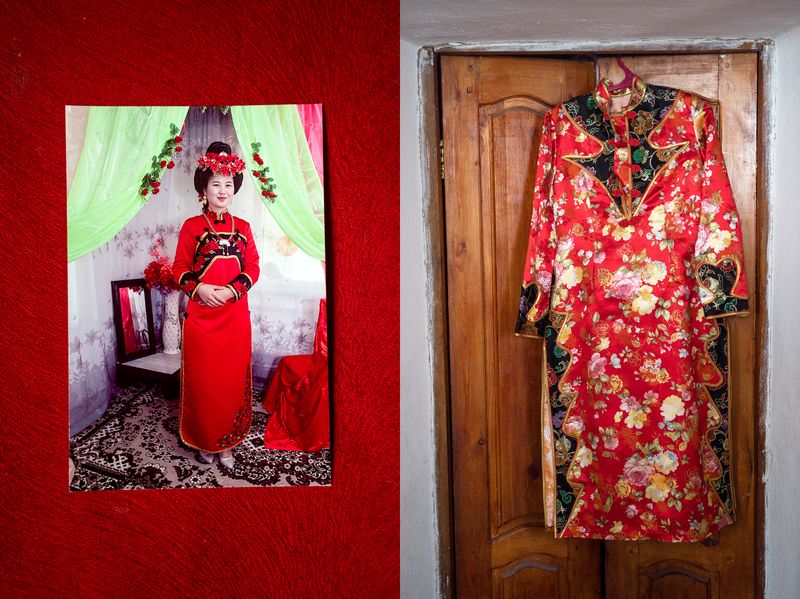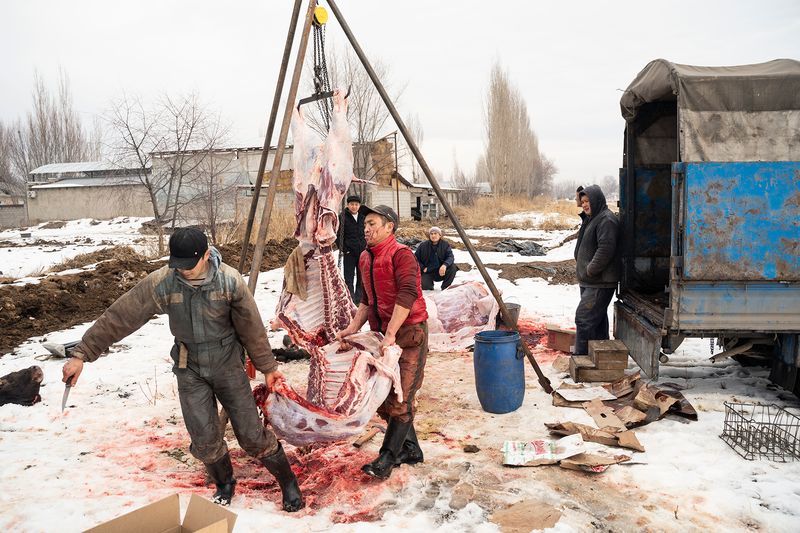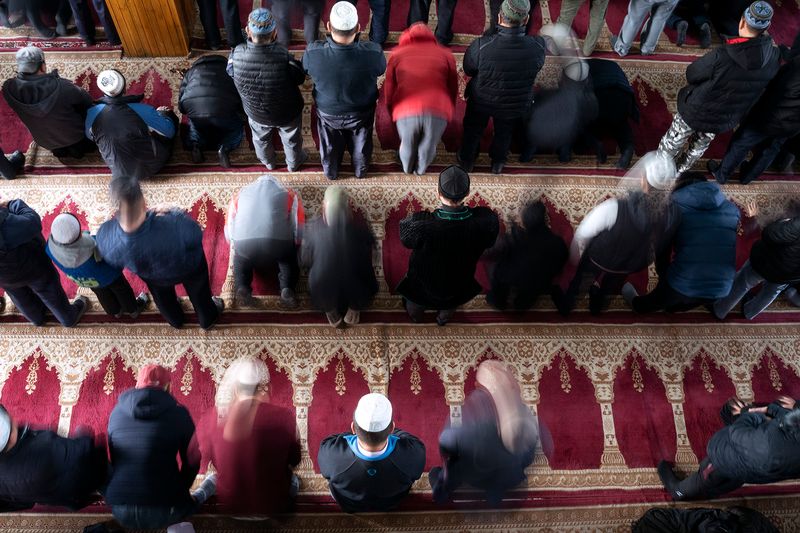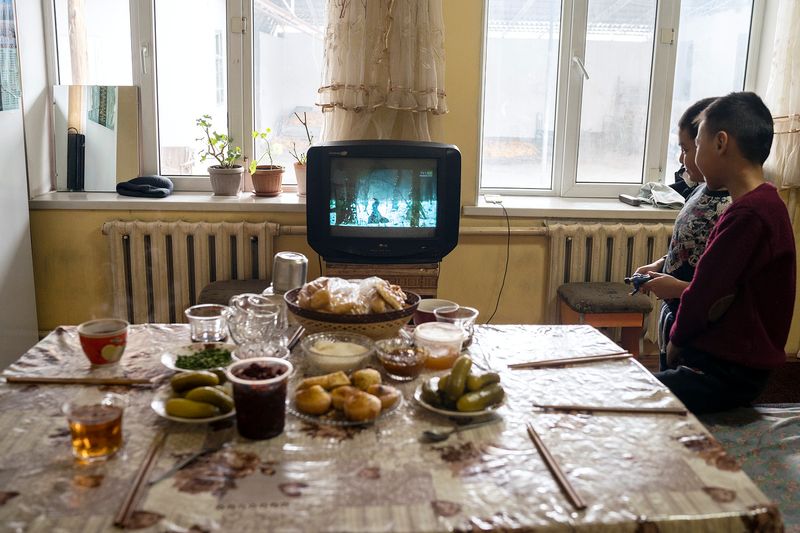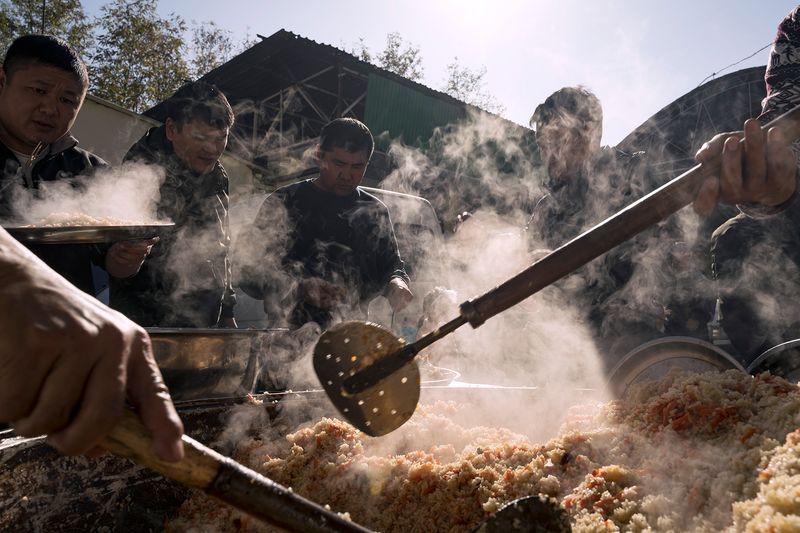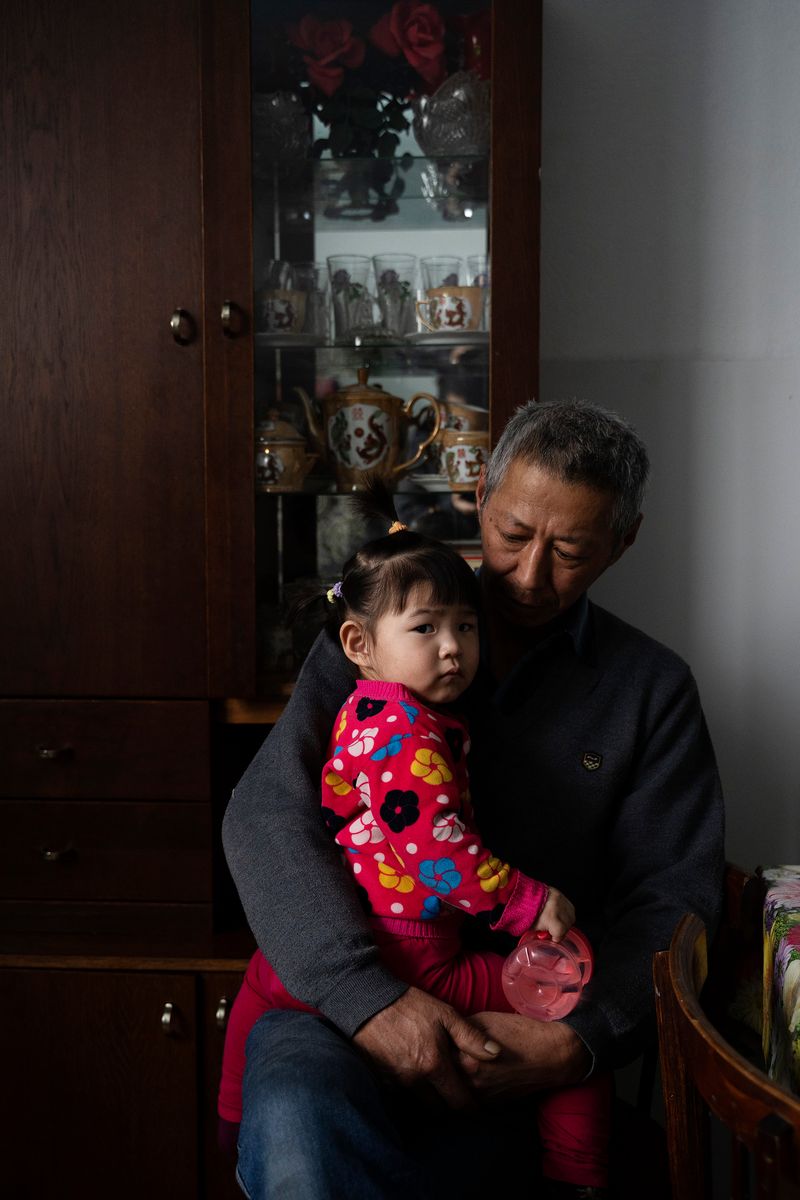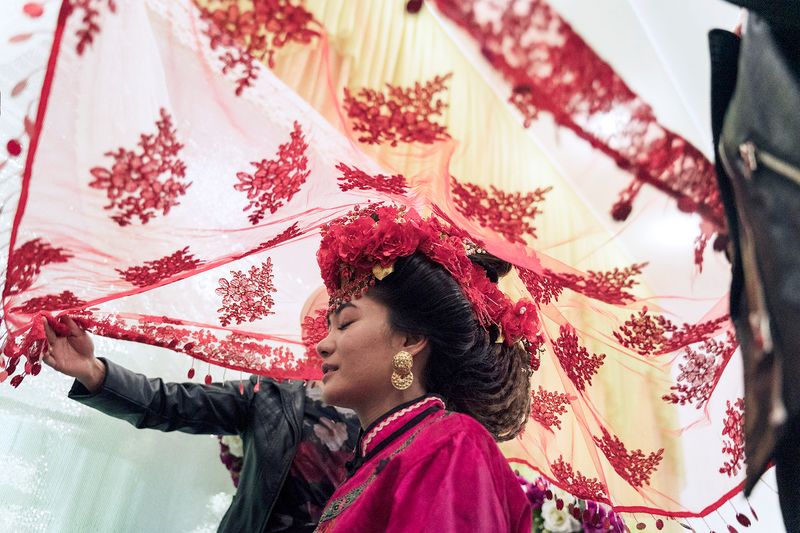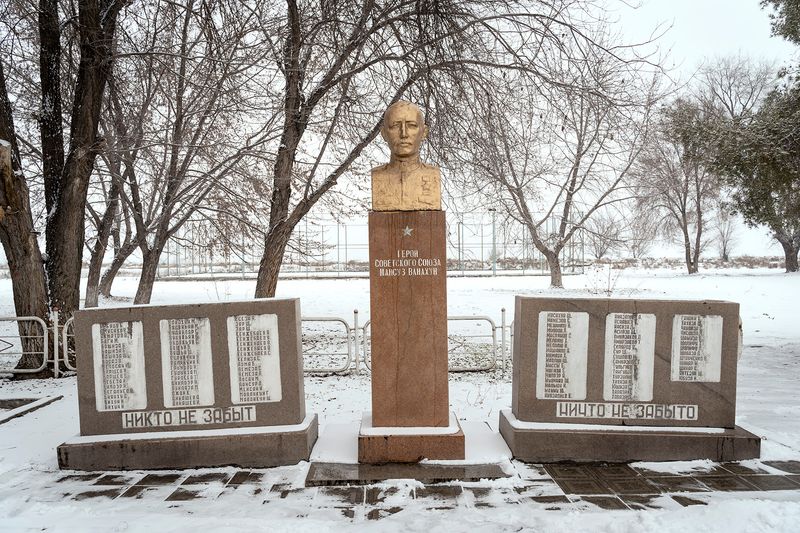The Dungan People - 100 Years after migration to Central Asia
-
Dates2019 - Ongoing
-
Author
- Location Kyrgyzstan, Kyrgyzstan
The Dungans are Chinese Muslims who call themselves Hui. They are a lesser-known Chinese diaspora who live in China’s neighboring Central Asian states, such as Kyrgyzstan, for more than 100 years. After fleeing war and religious persecution by The Qing Dynasty, the Hui settled in Central Asia and started to build their lives here. The name “Dungans” was given to them by the Russians and Central Asians. Hui means Muslim in mandarin, and using that name shows their faith in Allah. Even though they share the same religion as Central Asians, the Dungan still face discrimination from those who don't view the Dungan as their countrymen. These ethnic tensions often simmer below the surface, often fuelled by jealousy of their success in business and farming practices, giving rise to violent attacks. Although it doesn't happen often, the Dungans understand that they are not considered equal among the Central Asians. I have previously documented their culture and everyday lives, and my project continues in this fashion, giving voice and platform for these amazing and denigrated people.
This on-going project focuses deeper than my previous work into the social, economic, and cultural life of the Dungan people. It will document how the Dungans live among other Central Asians in Kyrgyzstan, and how they keep their traditions alive despite cultural and ethnic differences.
As Central Asians grow increasingly nationalist, the marginalized Dungan are excluded from national narratives. The project will show that they live in the same land and have assimilated their lives with the locals, in the hope that they will be accepted as equals. The Dungans speak the local languages, they pray to the same god, they cook and open restaurants that locals are happy to eat and go to, they work in the same bazaars and farm the country's crops. Without the Dungan, therefore, the country would be less diverse and inclusive, sure, but it would be tangibly weaker. These are an integral community, in more ways than is accepted by the nationalist agenda.

